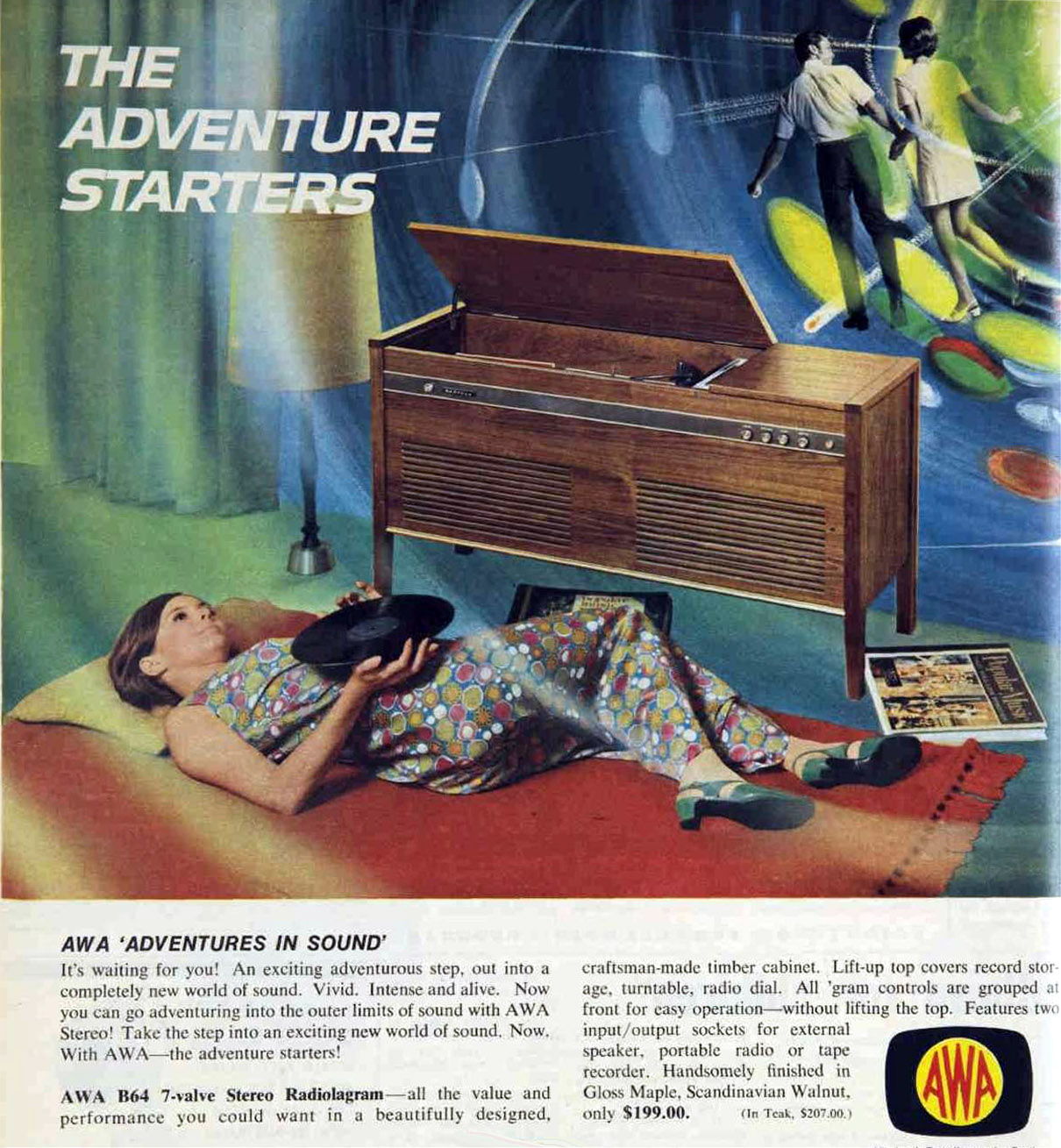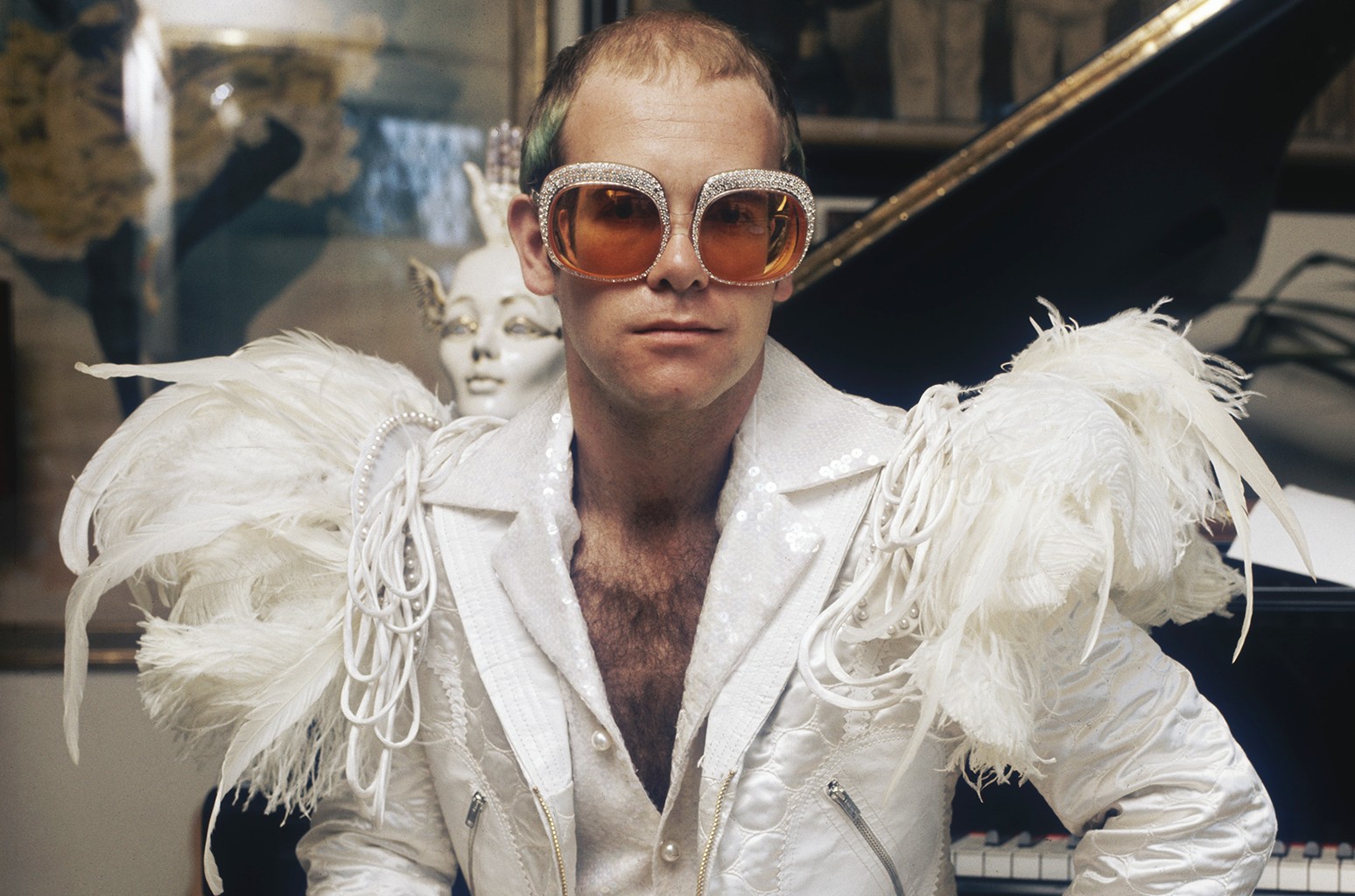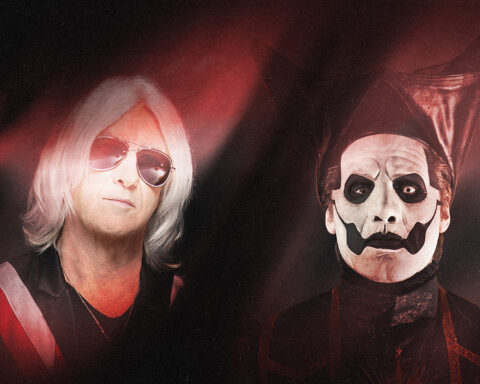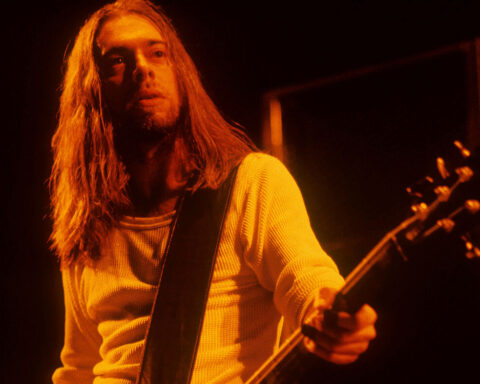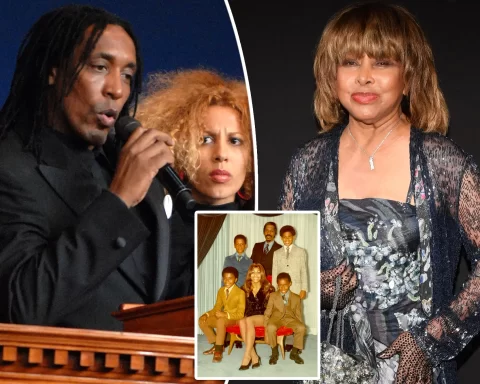The Allman Brothers Band was a 70s blues-rock group formed in Florida. They were made up of brothers Gregg Allman (vocals, keyboard, songwriting) and Duane (leader, slide guitar, lead guitar), and various other artists that ended up leaving the band like Dickey Betts, Berry Oakley, Butch Trucks, and Jai Johanny “Jaimore” Johanson.
The two Allman brothers originally began playing when they were young. Later after dropping out of high school, the duo formed the band Escorts, which had a change of name in the mid-60s, to Allman Joys. They moved to Hollywood to attempt to get a record label though they were extremely unsuccessful, resulting in Duane moving to Alabama and Gregg struggling to achieve a solo career.
While attending FAME Studios in Muscle Shoals, Duane Allman became the prime session guitarist, recording alongside artists like Aretha Franklin and King Curtis. Duane had heard Jai Johanny “Jaimore” Johanson’s epic drumming, and the two got close. Resulting in their move to Jacksonville in early March 1969, as Duane grew aggravated with being a “robot” at FAME. He urged anyone who aspired to join their jam sessions, and The Allman Brothers Band was formed. Dickey Betts, previous leader of the band the Second Coming, suited the group as second lead guitarist. Butch Trucks, who the two Allman bros had cut a demo just a year prior, became their second drummer. From Butch Trucks’ band came Reese Wynans, who played keyboard. Duane, Oakley, and Betts distributed vocal duties. However, Duane urged his brother to be the vocalist, which dropped Wynans’s position since Gregg additionally played the keyboard.
As an arising new band, they began performing shows in Willow Branch Park in Jacksonville for no pay what so ever. Gregg came up from L.A on March 26, 1969, to help record “Muddy Waters” and “Trouble No More.” After the following four days, they made their debut in the Jacksonville Armory.
They soon moved to Georgia, where they crashed at friend’s apartments. “There were five or six occupied apartments in the building with the Hippie Crash Pad, and you would expect they would call the police on us because we were constantly raising hell at three or four in the morning, but they all just moved out,” said Trucks.
“A lot of the white folk around here did not approve of them long-haired boys, or of them always having a black guy with them,” remarked Hudson. They played shows locally and practiced at Capricorn every single day. They were initially placed to record their first album in Miami with Cream and John Coltrane producer Tom Dowd, though they later declared unavailable. Alternatively, they set off to New York City in August 1969, which would later be recognized as a “second home.” The Allman Brothers Band was recorded in a short two weeks. They sold 35,000 copies.
They made yet another move in 1970 to a large Tudor Revival home in Macon that Oakley’s wife rented. They called it “the Big House.” That year they performed over 300 dates traveling by a Winnebago named the Wind Bag. A particular incident occurring that year in April drove me insane while reaching the band. The Allman Brothers Band tour manager Twiggs Lyndon Jr. was a bloody murder. After performing, the band endured only half of what they were promised since they started late. And clearly, that drove Lyndon batshit crazy, but he was likely taking some form of substance. I genuinely don’t think this man was soberly insane enough to kill someone; he was smoking something within the last hour of their performance. After returning to the hotel, Lyndon allegedly went back to the club with a 10-inch fishing knife and stabbed the club owner after fighting him.
Even after the insanity, the band’s audience was only growing larger. “We realized that the audience was a big part of what we did, which couldn’t be duplicated in a studio. A lightbulb finally went off; we needed to make a live album,” said Gregg Allman. The album At Fillmore East was released in July the next year. Their previous work had taken about months to hit the charts, which were usually at the bottom of the top 200. However, this album climbed charts in a matter of days. It became their artistic breakthrough.
Pretty much the entire band struggled with a heavy heroin addiction. The same month Duane passed, he admitted himself into a rehabilitation hospital. Twenty-nine days later, he was driving his motorcycle at a high speed down an intersection when a flatbed truck stopped suddenly, forcing Duane to swerve into the ball of the lumber crane. The incident provoked him to be thrown off the vehicle, which sprung into the air with Duane pinned underneath for 90 feet. He crushed all of his internal organs, ending in his death hours after various emergency surgeries.
After a short period, the band decided they wanted to continue to pay tribute to their brother and group leader. “We all had this thing in us and Duane put it there. He was the teacher and he gave something to us—his disciples—that we had to play out,” claimed Butch. Gregg: “The music brought life back to us all, and it was simultaneously realized by every one of us. We found strength, vitality, newness, reason, and belonging as we worked on finishing Eat a Peach.”
The band went on to tour and pushed out yet another album in 1980 titled, Reach for the Sky. The band fell apart as members were forced to leave and willingly glad to do so. It was hard to find replacements because you genuinely couldn’t recreate their initial vibe and talent. Though they forced it to work, setting out album Brothers of the Road the following year.
They split paths in 1982. “We broke up in ’82 because we decided we better just back out or we would ruin what was left of the band’s image,” said Betts. Gregg’s solo career picked up when he released I’m No Angel. The track grew to be a hit on the radio, climaxing at No. 49 on the Billboard Hot 100 and No. 1 on the Mainstream Rock Tracks magazine chart. The band went on a couple of reunions and heavy tours but settled down for good in 2014.


